A team of researchers working with a weather model have uncovered new details of water availability in Arizona’s uplands and where that water comes from. The work may help in future planning of the Phoenix metropolitan area, as well as provide guides for coming precipitation seasons.
Tag: Weather
FAU Sea Turtle Experts Provide ‘Best Practices’ During Nesting Season
Three internationally renowned FAU researchers provide “best practices” and answer some of the most frequently asked questions to help protect Florida’s nesting sea turtles and their hatchlings.
Iowa State students crisscross tornado alley, chasing storms, sharing data, learning lessons
A new course this spring, “Field Observations of Thunderstorms,” took 13 Iowa State students and their three instructors across “Tornado Alley” for eight days. They found storms, collected data and shared information with national forecasters. It all could have been straight out of the 1996 movie “Twister” or this summer’s sequel, “Twisters.”
FAU Experts for the 2024 Hurricane Season
The 2024 Atlantic hurricane season begins on June 1, and forecasts indicate a highly active season. Several Florida Atlantic University faculty experts are available to discuss various issues surrounding hurricane preparedness, evacuation and aftermath.
Researchers look at how pollution, weather, noise, social factors impact AFib
There’s a growing recognition of how the environment we live in affects our heart health. Atrial fibrillation, a common heart rhythm disorder, affects millions worldwide and can lead to serious health problems. While we’ve studied how genetics and lifestyle play…
Weather swings bring steadier results when studying crop adaptability
Efforts to breed more adaptable crops benefit from testing locations with wide ranges of weather, according to a study co-authored by an Iowa State University expert on phenotypic plasticity, the disparate ways plants respond in different environments.
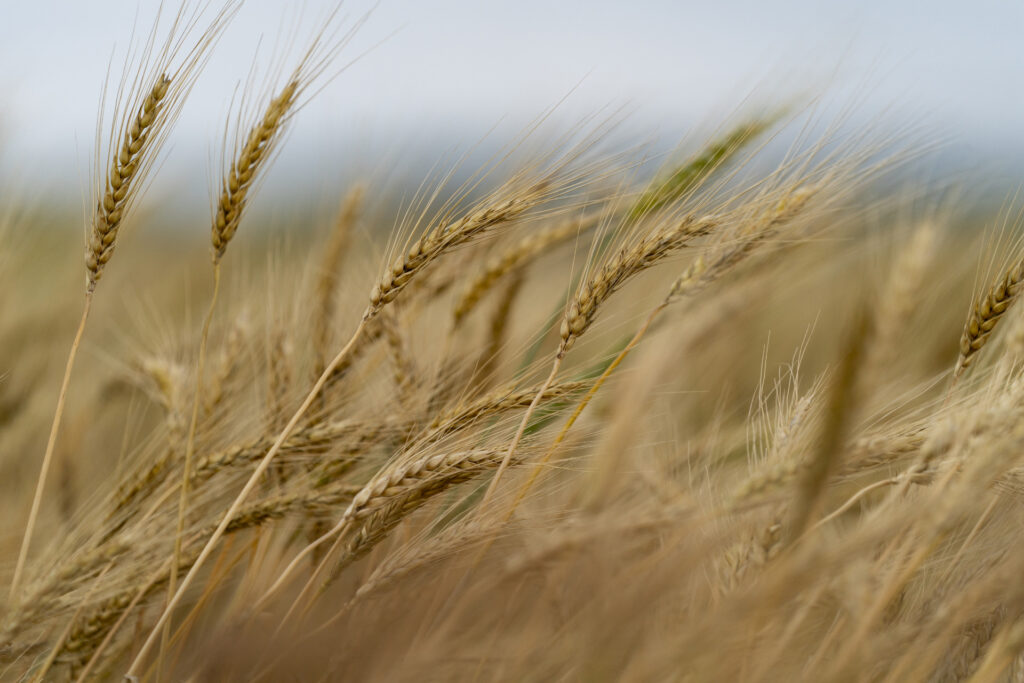
Beneficial rainfall leads to above-average fall planted wheat
Timely rainfall in some areas has been highly beneficial for the fall wheat crop, according to a Texas A&M AgriLife Extension Service expert.
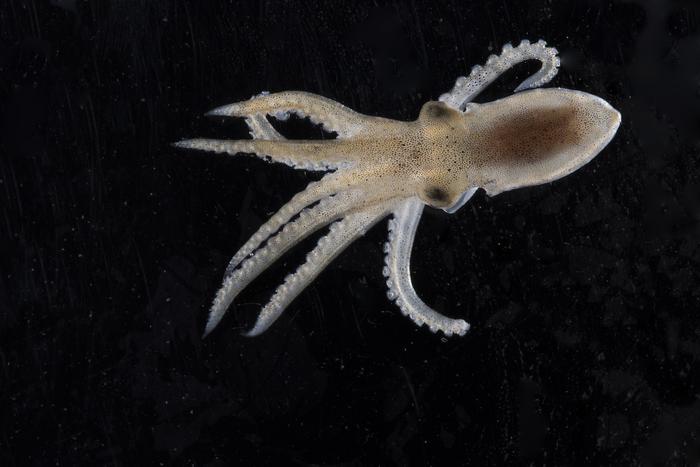
Pumped for frigid weather: study pinpoints cold adaptations in nervous system of Antarctic octopus
Laden with dissolved salt, Antarctic waters can hover just above freezing and even dip below it. Temperatures this low would likely kill the animals that prosper in warmer waters further north. Yet, some creatures have found ways to live in this inhospitable cold.
FSU atmospheric scientist available to comment on what El Niño conditions mean for winter, spring
By: Patty Cox | Published: October 2, 2023 | 12:30 pm | SHARE: El Niño, the climate phenomenon characterized by warmer-than-average sea surface temperatures across the equatorial central and eastern Pacific Ocean, has far-reaching impacts on weather patterns across the globe. El Niño events can last for several months up to a year or more and typically peak in the winter months of the Northern Hemisphere, so we’re likely to see El Niño conditions continue to strengthen over the coming months, said Alyssa Atwood, an assistant professor in Florida State University’s Department of Earth, Ocean and Atmospheric Science, part of the College of Arts and Sciences.
FAU Engineering Study Employs Deep Learning to Explain Extreme Events
At the core of uncovering extreme events such as floods is the physics of fluids – specifically turbulent flows.
Important additional driver of insect decline identified: Weather explains the decline and rise of insect biomass over 34 years
Insects react sensitively when temperature and precipitation deviate from the long-term average. In an unusually dry and warm winter, their survival probabilities are reduced; in a wet and cold spring, hatching success is impaired.
Modeling ocean to understand natural phenomena
Associate Professor Yoshi N. Sasaki, a specialist in Physical Oceanography, is involved in research into rising sea levels—particularly in coastal areas of Japan. He spoke about what he has learned so far about the relationship between ocean currents, sea level and climate change, what research he is currently focusing on, and the appeal of research that uses numerical modeling to uncover natural phenomena.
El Niño and record warm ocean temperatures: FSU climatologist offers insight on what they mean for hurricanes
By: Patty Cox | Published: July 20, 2023 | 12:52 pm | SHARE: Record-breaking high temperatures in the Atlantic Ocean combined with El Niño spell uncertainty for the Atlantic hurricane season. El Niño, known to reduce hurricane activity in the Atlantic basin, developed early this summer. With the conflicting factors of El Nino in the Pacific leading to fewer hurricanes and warm Atlantic Ocean temperatures favoring hurricane development, seasonal forecasts are for near-normal activity with lower confidence than other years.
Air Force Weather-funded research aims to improve predictability of extreme weather
As extreme weather devastates communities worldwide, scientists are using modeling and simulation to understand how climate change impacts the frequency and intensity of these events. Although long-term climate projections and models are important, they are less helpful for short-term prediction of extreme weather that may rapidly displace thousands of people or require emergency aid.
Adding Snow to Estimates of Spring Flooding
By adding rain, snow, and rain-on-snow precipitation data to a background model, a new scheme pinpoints local flood risks in order to improve the design of small-scale hydrological infrastructure.
UMiami experts available to discuss impacts of extreme heat
CLIMATE SCIENCE Climate, weather, heat, rainfall, drought, flooding, anthropogenic warming — Amy Clement, professor of atmospheric sciences at the University of Miami’s Rosenstiel School of Marine, Atmospheric, and Earth Science. She is available to discuss the physical aspects of climate, Atlantic climate…
Synthesizing 200 Years of Research on the Urban Impact on Regional Climate and Extreme Weather
Urbanization has noticeable effects on processes at and near the Earth’s surface, affecting weather and climate. An international team of scientists reviewed more than 500 sources from the scientific literature produced over nearly 200 years on effects of urbanization on extreme weather and regional climate to better synthesize this knowledge and direct future research.
Canadian wildfires and air quality: MSU experts can comment on public health, climate change impacts, pets and wildlife
Contact: Emilie Lorditch, University Communications, [email protected]; Nardy Baeza Bickel, MSU Health Sciences: [email protected]; EAST LANSING, Mich. – Wildfires in Canada are creating hazy skies and prompting air quality concerns from the Midwest to the East Coast of the United States. Michigan…
Mountains Vulnerable to Extreme Rain from Climate Change
A new study by Lab scientists finds that as rising global temperatures shift snow to rain, mountains across the Northern Hemisphere will be hotspots for extreme rainfall events that could trigger floods and landslides – potentially impacting a quarter of the world’s population.
UAlbany Experts Available to Speak on Earth Day Topics
ALBANY, N.Y. (April 19, 2023) – Saturday marks the tradition known as “Earth Day,” an annual event that promotes awareness about climate change and other environmental issues that threaten the health of our planet. First held on April 22, 1970,…
The world’s atmospheric rivers now have an intensity ranking like hurricanes
Atmospheric rivers, which are long, narrow bands of water vapor, are becoming more intense and frequent with climate change.
UAlbany Meteorologist Available to Discuss California Storms
Newswise — ALBANY, N.Y. – A series of strong storm systems known as “atmospheric rivers” have dumped massive amounts of rain and snow on California since late December, producing deadly flooding, mudslides, severe thunderstorms and tornadoes. California officials reported on…
When cyclones and fires collide…
As strong winds and torrential rains inundate Australia’s south-eastern coast, new research suggests that high intensity bushfires might not be too far behind, with their dual effects extending damage zones and encroaching on previously low-risk residential areas.
Physicist strikes gold, solving 50-year lightning mystery
An Australian physicist has solved a 50-year conundrum that has baffled the world’s best science minds – why lightning zigzags.

NYS Mesonet Study Tracks the Impacts of Western Wildfires on New York Air Quality
The study finds that more frequent and intense western wildfires are not only impacting the air quality and visibility in surrounding areas, but also as far away as the East Coast.
Tropical storm expert Shuyi Chen shares her thoughts on Hurricane Ian
Shuyi Chen, a professor of atmospheric sciences at the University of Washington, was traveling to an American Meterological Society meeting in Boston as Hurricane Ian approached the Gulf of Mexico. During breaks at the meeting, she provided her thoughts on…
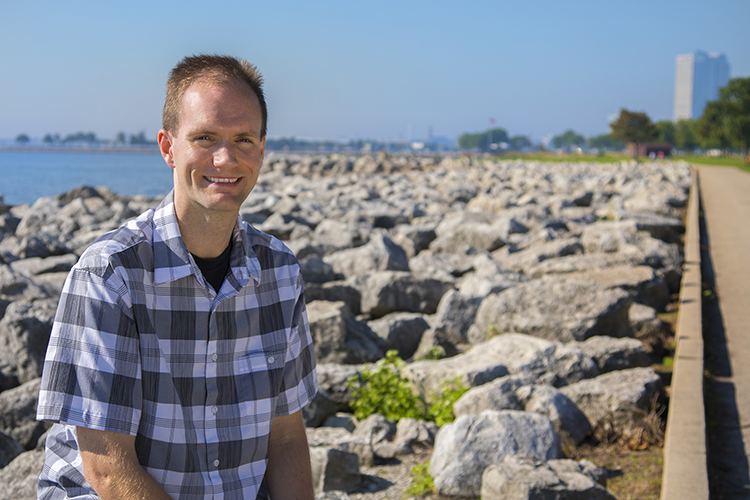
It’s been 30 years since Hurricane Andrew made U.S. landfall. Are hurricanes getting more deadly? UWM expert Clark Evans can weigh in.
Clark Evans can discuss how hurricane activity in the U.S. is changing and how it’s affecting the modeling used to predict their trajectories. His lab at the University of Wisconsin-Milwaukee uses numerical models to better understand and improve prediction of…
UAlbany-led study finds exposure to sun, heat and humidity can exacerbate symptoms of mental disorders
New research links information on New York weather and hospital emergency department visits to assess how summer weather conditions impact people living with mental disorders. Findings can inform strategies to mitigate severe symptoms and improve patient care.
Wildfires disproportionately affect the poor
With fires raging from California to Alaska, the 2022 wildfire season is off to a violent start. It’s an ominous sign of what promises to be another record-breaking fire season in the U.S. Roughly 2 million acres burned last month. And major fires are currently scorching Idaho, Utah and California, threatening tens of thousands of Americans’ homes and livelihoods. Many of those at risk are lower-income Americans who face canceled homeowners insurance policies and rising premiums, according to new research from the University of Georgia.
What’s behind the heat wave in Europe?
Roads, railways, and utilities are at risk during the record-breaking temperatures. Even buildings, many of which lack air-conditioning, provide little relief, putting the health of people in danger. University of Miami experts address the torridness that is wreaking havoc on the area, especially the United Kingdom.
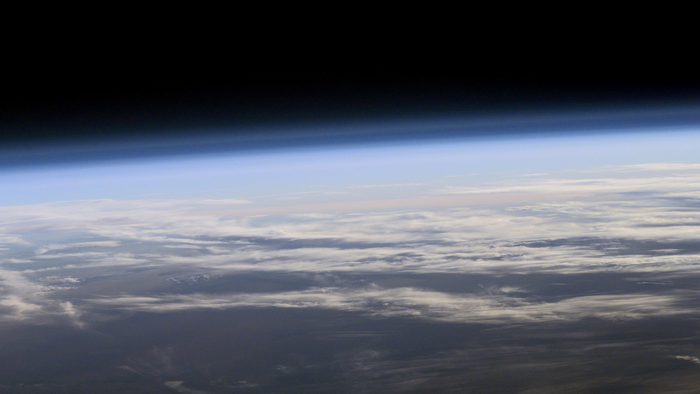
Ozone depletion over North Pole produces weather anomalies
Many people are familiar with the hole in the ozone layer over Antarctica, but what is less well known is that occasionally, the protective ozone in the stratosphere over the Arctic is destroyed as well, thinning the ozone layer there. This last happened in the spring months of 2020, and before that, in the spring of 2011.
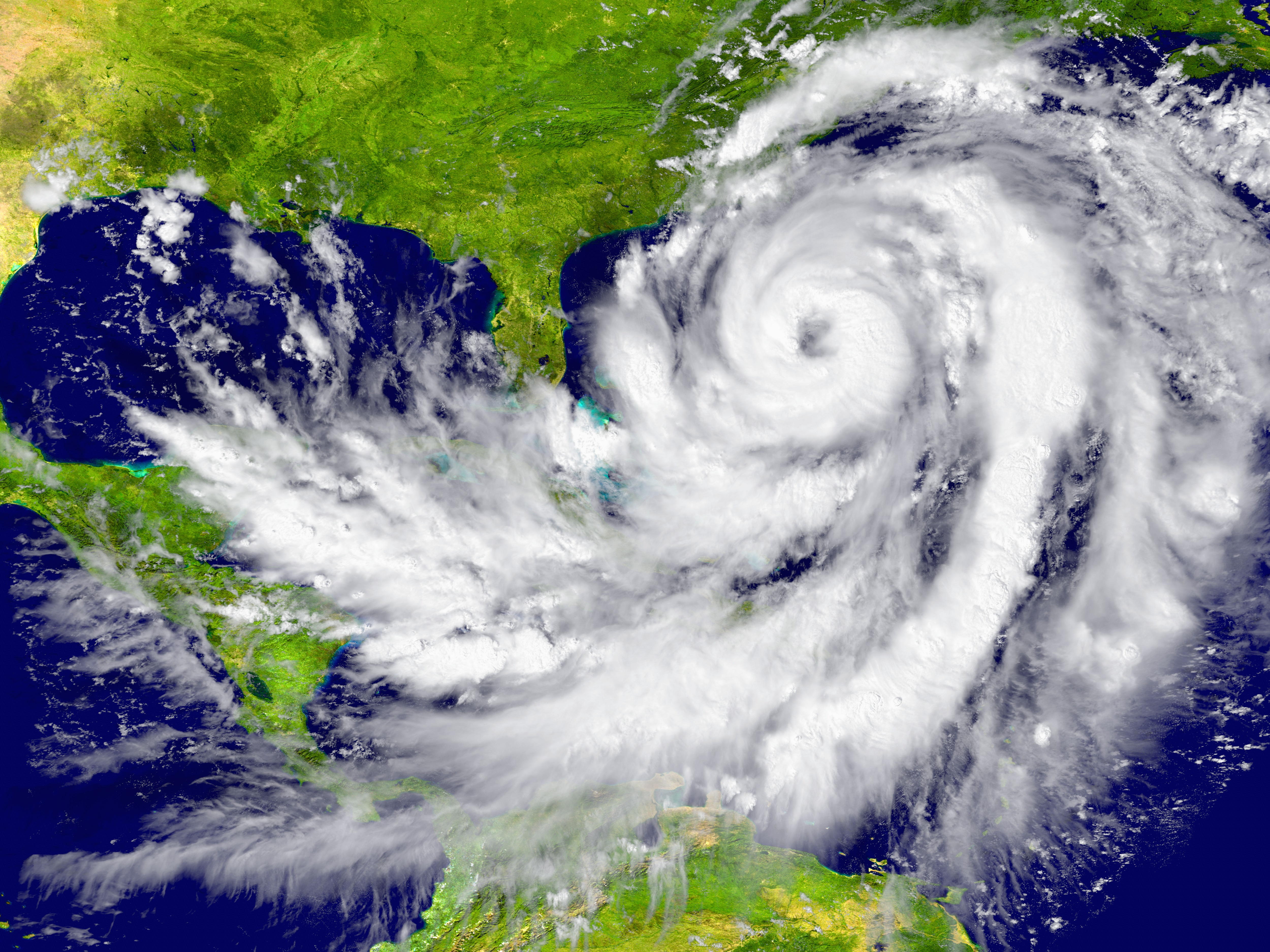
FAU Experts for the 2022 Hurricane Season
With the 2022 Atlantic hurricane season forecast to be above average activity with a higher probability of major hurricanes making landfall along the continental U.S. coastline, several FAU faculty experts are available to discuss various issues surrounding hurricane preparedness, evacuation and aftermath.
Virginia Tech tropical storm expert encourages people to be ‘weather aware’ as hurricane season starts June 1
A Virginia Tech meteorologist with expertise in hurricanes and tropical storms encourages people to prepare for the Atlantic hurricane season that begins June 1 in part by finding a trusted area weather source and paying attention to local weather alerts. “During hurricane…
Explosions Help Probe Elusive Atmospheric Waves #ASA182
Infrasound waves can probe some of the most complex weather patterns hidden to normal observations, but finding a powerful enough source of infrasound waves can be a challenge unless there is a munitions factory nearby.
Can University of Oklahoma Research Team Clear Up Biases in Artificial Intelligence?
An American Meteorological Fellow, Amy McGovern has been studying severe weather phenomena since the late 1990s. During her career, she has witnessed a rapid emergence in the AI field, all while developing what she hopes are trustworthy AI methods to avert weather and climate disasters. Lately, however, McGovern and researchers from Colorado and Washington have noticed grave disparities in AI, noting that the methods are not objective, especially when it comes to geodiversity.
NYS Mesonet, NOAA Partner to Enhance Winter Weather Observations
Researchers at the New York State Mesonet are partnering with the National Oceanic and Atmospheric Administration on a new project that aims to enhance winter storm observations using the network’s real-time data.
What causes disease outbreaks?
Since 1974, contaminated water has been the most common driver of large-scale zoonotic infectious disease outbreaks, according to new research from the Center for the Ecology of Infectious Diseases (CEID) at the University of Georgia.
ORNL to partner with University of Oklahoma
The Department of Energy’s Oak Ridge National Laboratory and the University of Oklahoma, known as OU, recently executed a memorandum of understanding to officially recognize their partnership in pursuing shared research and development goals.
Rutgers Experts Share Tips on Staying Safe After a Hurricane
Rutgers New Jersey Medical School experts Diane Calello, executive and medical director at the New Jersey Poison Control Center, and Bruce Ruck, managing director at the same center, are available to discuss tips on how to stay safe after a…
FAU Experts for the 2021 Hurricane Season
With hurricane season in full force, several Florida Atlantic University faculty experts are available to discuss various issues surrounding hurricane preparedness, evacuation and aftermath.
FAU Experts for the 2021 Hurricane Season
With hurricane season in full force, several Florida Atlantic University faculty experts are available to discuss various issues surrounding hurricane preparedness, evacuation and aftermath.

Climate change is driving plant die-offs in Southern California, UCI study finds
Irvine, Calif., June 21, 2021 – A shift is happening in Southern California, and this time it has nothing to do with earthquakes. According to a new study by scientists at the University of California, Irvine, climate change is altering the number of plants populating the region’s deserts and mountains. Using data from the Landsat satellite mission and focusing on an area of nearly 5,000 square miles surrounding Anza-Borrego Desert State Park, the research team found that between 1984 and 2017, vegetation cover in desert ecosystems decreased overall by about 35 percent, with mountains seeing a 13 percent vegetation decline.

Johns Hopkins Expert Available to Discuss Heat Wave in U.S. West
As triple-digit temperatures scorch millions in California and the Desert West, stoking wildfires and exacerbating drought conditions, Johns Hopkins experts can discuss the environmental and health impacts of the heat wave, and how officials can better prepare for the rest…
UAlbany Meteorologist: NOAA’s Observed Warming Trend a Sign of Global Climate Change
ALBANY, N.Y. (May 6, 2021) – A new report released this week by the National Oceanic and Atmospheric Administration (NOAA) shows that the United States is getting warmer and parts of it are getting wetter. NOAA’s “new normals” set of…
High-Performance Computing Makes a Splash in Water Cycle Science
The Comet supercomputer will end formal service as an NSF resource and transition to exclusive use by the Center for Western Weather and Water Extremes to leverage computing capabilities to enhance decision-making associated with reservoir management over California.
Rutgers Expert Available to Discuss Spring Allergy Season in N.J.
New Brunswick, N.J. (April 20, 2021) – Rutgers University–New Brunswick allergy specialist Leonard Bielory is available for interviews on the spring allergy season in New Jersey. “One can expect a brisk allergy season this year since we had a lot…
Rutgers Expert Can Discuss Dearth of Snow, Windy Weather and Record Heat in March in N.J.
New Brunswick, N.J. (April 13, 2021) – Rutgers University–New Brunswick climatologist David A. Robinson is available for interviews on the dearth of snow in March in New Jersey following a very snowy February, as well as the frequently windy weather and some…
Breeding barley for a changing climate
Scientists uncover genetic traits to breed better barley for northern environments
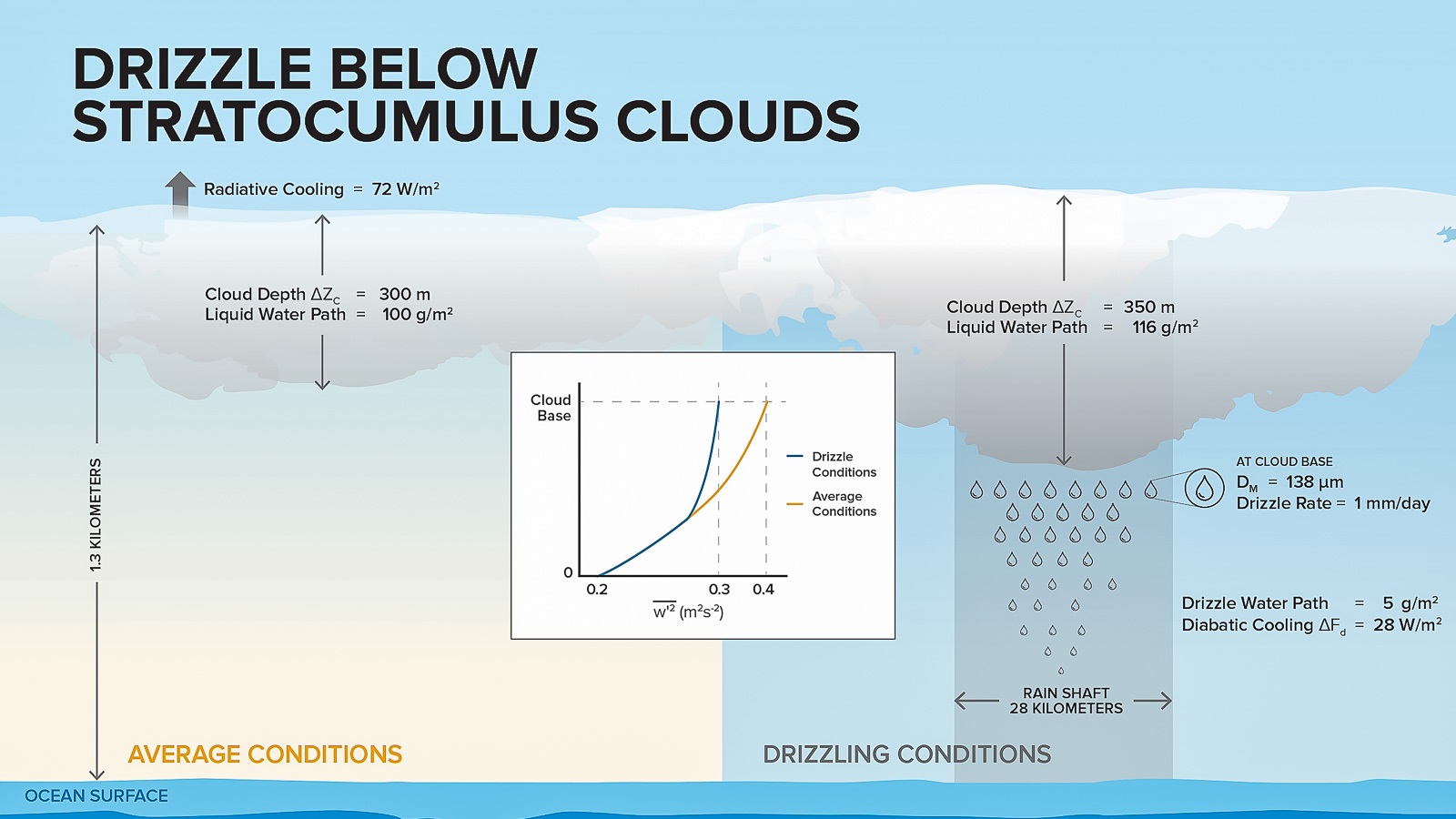
Tiny raindrops pose big challenges: Argonne researchers improve climate models, prediction of climate change
Drizzle in marine clouds is a key parameter for achieving more accurate climate predictions. Argonne developed novel techniques to retrieve drizzle properties and will expand its research to the aerosol impact on clouds and precipitation.
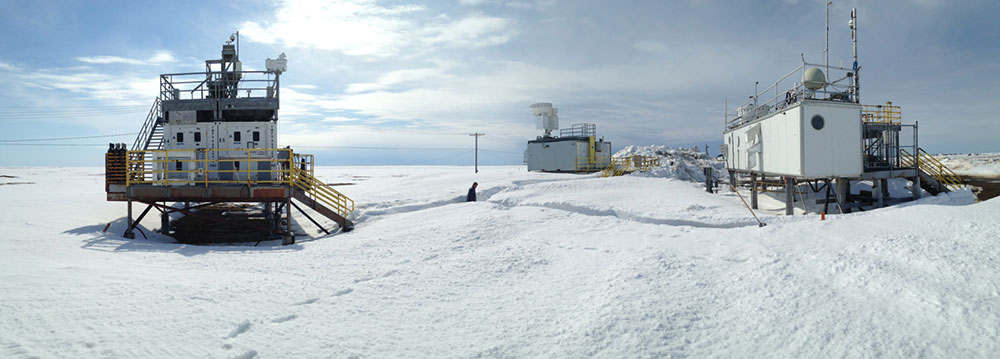
Explosive Origins of ‘Secondary’ Ice—and Snow
Where does snow come from? This may seem like a simple question to ponder as half the planet emerges from a season of watching whimsical flakes fall from the sky–and shoveling them from driveways. But a new study on how water becomes ice in slightly supercooled Arctic clouds may make you rethink the simplicity of the fluffy stuff. It describes definitive, real-world evidence for “freezing fragmentation” of drizzle as a major source of ice in slightly supercooled clouds. The findings have important implications for forecasting weather and climate.